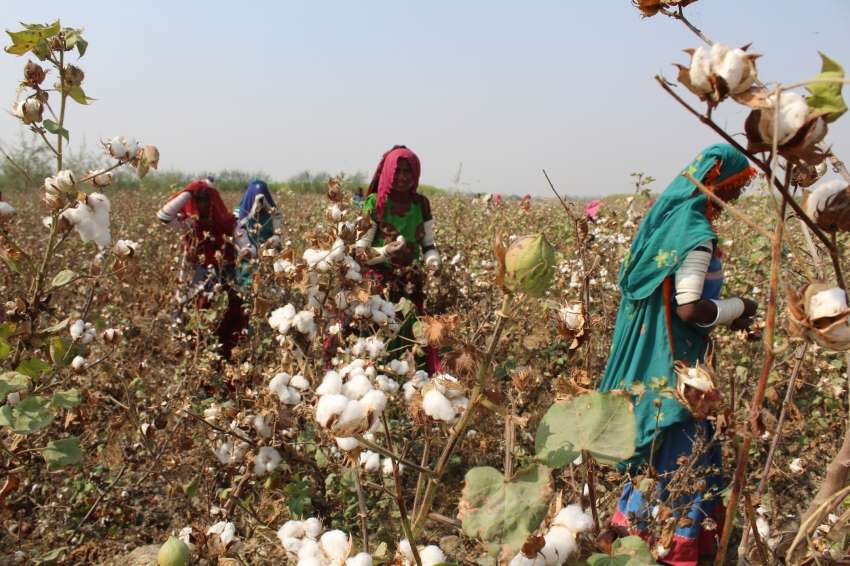
Cotton and cotton blend yarns are globally the first choice when choosing comfortable regular garments for adults, baby clothes and household items from the bedroom to the dining room. This makes cotton one of the most significant raw material for the textile industry. India grows some excellent cotton in the Central zone, comprising states like Gujarat, Maharashtra, and Madhya Pradesh. Gujarat is the highest producer and Mumbai the largest centre for cotton textile industry.
The global cotton yarn market is a huge estimated at $62.50 billion in 2022 and expected to be worth $66.91 billion this year. It is projected to grow at a CAGR 7.19 per cent to reach $108.99 billion by 2030.
Five countries lead global yarn import
Latest stats from the AI-driven market intelligence platform in IndexBox reveals, China, traditionally the world’s largest import market for cotton yarn is still leading. In 2022, China had a staggering cotton yarn import of $7.241 billion as it has a vast and diverse market catering to both domestic and international markets. Advantages such as a large skilled labour, booming e-commerce sector, high-tech manufacturing technologies and an extensive distribution network have enabled it to be a leader in the global cotton yarn market.
Bangladesh currently holds second position in global trade as a quickly-rising import value market with imported yarn cotton yarn worth $1.176 billion. This highlights its reliance on imported yarn to meet domestic demand. Its USP lies in large population fuelling domestic demand for clothes and household items, low labor costs and a favorable investment climate which is helped by the government and textile industry leaders that has fuelled foreign investments.
Turkey is in third position with imported cotton yarn worth $1.057 billion in 2022 with the most high-tech textile industry in the European region dating back many centuries. With a well-established value chain from spinning to weaving and finishing, Turkey imports cotton yarn from countries like the US, India, and China which feeds its domestic consumption and international markets.
Central American country of Honduras ranks fourth globally with an import worth $673.065 million last year. The country has benefitted logistically due to its geographical proximity to the US as one of the largest world exporters of finished cotton apparel, accessories and household decorations. With preferential trade agreements, such as the Central America-Dominican Republic Free Trade Agreement (CAFTA-DR) for duty-free access to the US markets, foreign investments are making the Honduras textile industry boom, despite limited domestic production.
Italy as a leading European import market for cotton yarn is ranked fifth in the IndexBox survey having imported cotton yarn worth $526.369 million in 2022. Unlike others, Italy has an extremely high-end fashion and luxury goods market for cotton products, characterised by small to medium-sized companies that focus on niche markets and value-added products for affluent consumers.
Cotton blends, pure cotton yarns drive global trade
The various cotton yarn import markets depend on factors like demand for textile products, strength of the textile industry along with competitive advantage of the country in terms of production capacity and cost-effectiveness. The cotton yarn market is an extremely versatile with blends like cotton-polyester used to make regular apparel, sportswear and home textiles. Cotton-viscose combinations are used for manufacturing towels, shirting, denim, trousers, and knitwear among others.
The pure and more expensive 100 per cent cotton yarn is used for making light summer tank tops, T-shirts, baby items and household items such as coasters, curtains, and hand towels. With an underlying concept of beautiful and breathable fabric lasting forever, unlike synthetics, the cotton yarn trade is a good one now and in the near future.












